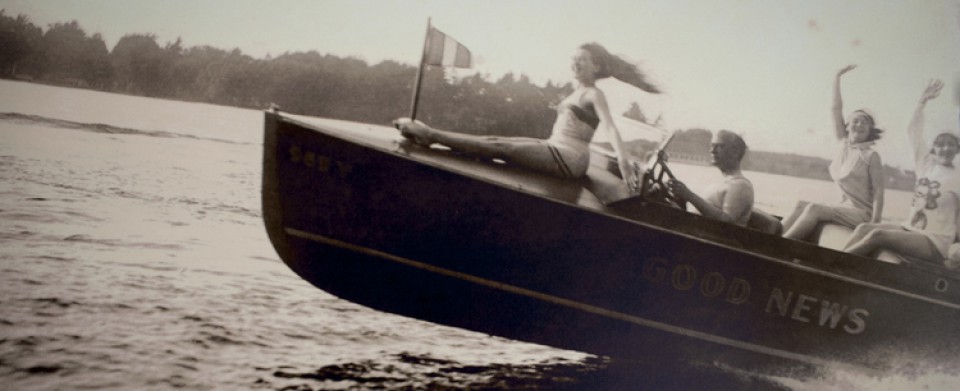Dangerous Marriage by Mary Wibberley (1980)
 Harlequin Romance #2364
Harlequin Romance #2364
I’m not all about the sex. I’m not. Don’t believe me?
I’m reading The Romance Revolution: Erotic Novels for Women and the Quest for a New Sexual Identity by Carol Thurston (1987).
Reading The Romance Revolution, it occurs to me just how smart women had to be in the academy in the 80s to be taken seriously. This book is rich with research and insight. Each chapter is a book unto itself by today’s standards.
My favorite analysis of popular romance, until now, was Janice Radway’s Reading the Romance. But I prefer Thurston’s methodology. Both Radway and Thurston explore readers’ responses to romance, but Thurston’s methods include a comprehensive analysis of plot and character, the texts themselves. Where Radway’s work is an ethnography, Thurston’s is a discourse analysis, one that takes the reader beyond the often self-referential textual analysis of New Criticism.
I suppose I should be grateful that at my age, I’m still thrilled by academic discovery. But this discovery would have been more helpful when I was a critic. Not just scanning for sex scenes…
So back to that.
Thurston in her opening chapter “The Romance Novel as Popular Culture” outlines her erotic romance data set. The Harlequin Romance line, of which I have been reviewing in my last posts, is not included. That’s what I’ve been saying about this line. No sex.
Thurston reports that, “With a few notable exceptions…the character of male-female relationships portrayed in [this] line remains…the incomprehensible/cruel hero and the insecure/masochistic heroine”.
That’s it. Utterly incomprehensible. I’m relieved to know it’s not just me.
It’s not just the frustrating absence of erotica that excludes this collection of books from Thurston’s analysis. She reports that critics of popular romance as a rule disregard these “classic” romances and cites a Romantic Times (1985) writer: “One wonders when Harlequin will realize that this is not romance at all.”
I can’t agree or disagree. Romance is too subjective a notion to disregard anything outright as not romance. Instead, I’ll argue it either scratches your itch, or it doesn’t.
Take Vargen Gilev.
Yes, ladies. Vargen Gilev. It bears repeating.
Vargen is the “handsome island entrepreneur” who is Mary Wibberley’s incomprehensible hero in Dangerous Marriage. He is a “hard-eyed, hard-faced stranger,” alpha all the way. In spite of the Marimekko shirt he’s wearing on the cover.
The heroine, Shelley, has arrived on Avala to buy a hotel. Her domineering father has demanded that she do so. Vargen also wants the hotel – has actually already purchased it – but more than that, he requires the respectability a marriage will give him. He persuades Shelley to marry him.
Hey, wait. We have a marriage plot. Chin up. There might be sex because they’re married.
Shelley could have been a vindicated heroine, the trope described in Kiss of a Tyrant. But the reader is offered no feeling of vindication. Although Vargen is incomprehensible, he is not cruel.
True, he consummates their marriage while she’s still groggy from the Russian vodka he’s made her throw up fifteen minutes before. But the author Wibberley has more cruelty than Vargen. Vargen by my account is a hottie, and I’ve been duly revved. But their consummation is oblique.
She felt the hard bed beneath her and was aware of having been lifted and placed there, and she lifted her arms to him, to pull him down to her, to hold him as she had never held anyone before…There was only darkness, and movement, and two bodies that became as one…
Only darkness? Only movement? What about his penis?
The plot’s twists are a righteous yoga pose designed to explain the hero’s actions for the previous 180 pages. It’ll just confuse us both if I try to recap.
Shelly, after a lifetime of emotional and psychological abuse by her father, is skittish. When Vargen grabs her to keep her from falling over the balcony, she rages. The typical fist flailing against his hard, broad chest. Shelley almost falls off two balconies, cuts her foot, nearly drowns, suffers alcohol poisoning, and is kidnapped.
Through it all, Vargen is impassive, hard. Incomprehensible.
Until the final scene, when he rescues her from her kidnappers and melts.
‘I love you Shelley, I love you very much…,’ he groaned. ‘Oh, my dearest…’
And more like that. Some darlings. Some my loves. I prefer my reserved heroes to remain reserved. His softening at the end of a book feels like a betrayal. He can love her but still look mean. That’s the point.
I’m so done with this line. Where the hell is Avala anyway?
Up next…Harlequin Temptations. I remember stealing these from my mother and hiding them under my bed. They’re included in Thurston’s analysis of erotic romance, and a box has just arrived on my front porch – an accidental pregnancy after a few tipsy minutes on Ebay.
Yeehaw.




 Harlequin Romance #2364
Harlequin Romance #2364
 Kiss of a Tyrant
Kiss of a Tyrant

 he Travelling Kind – Janet Dailey (1981)
he Travelling Kind – Janet Dailey (1981)